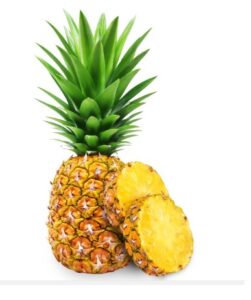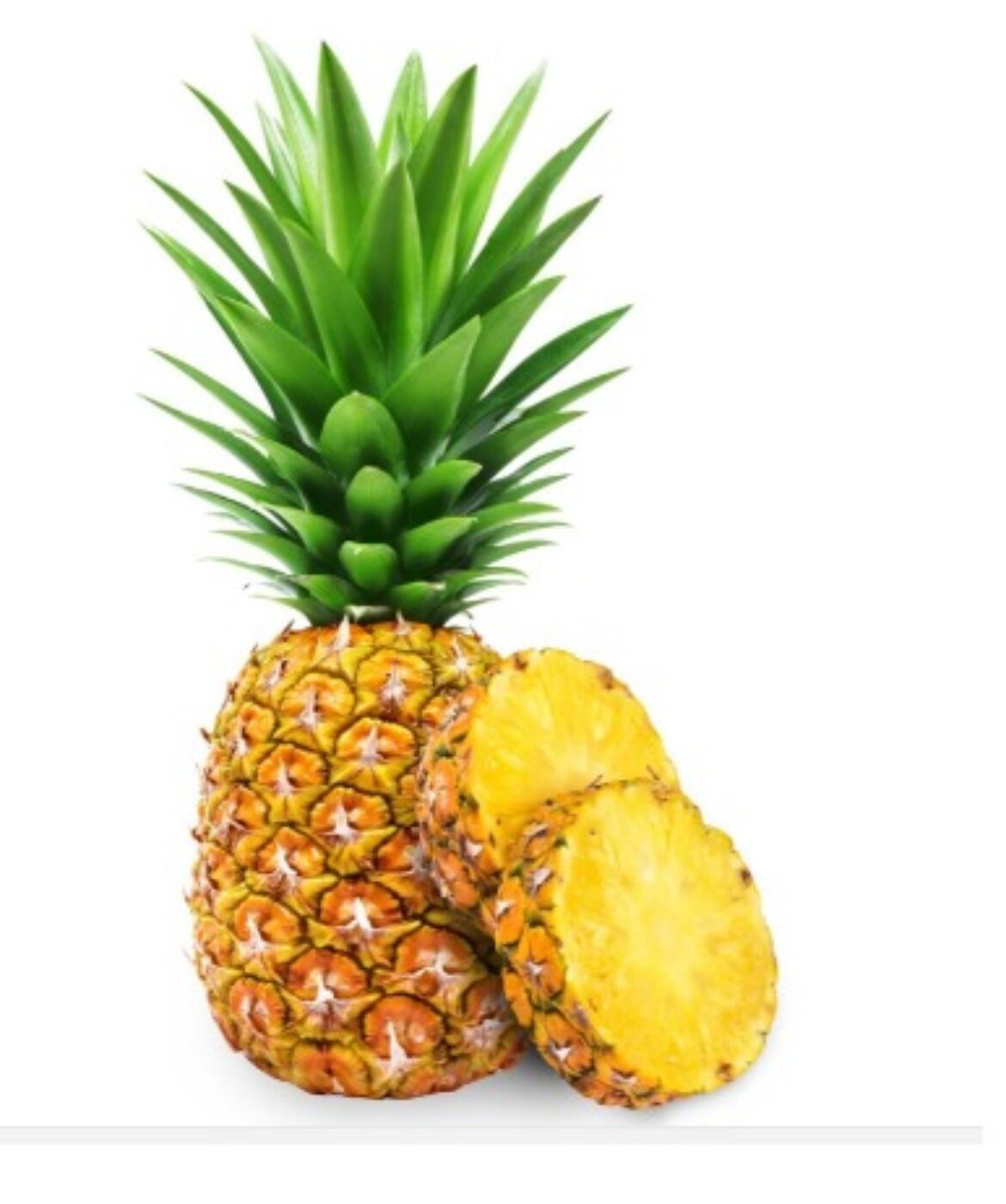Organic products have grown in popularity over the years. Kantar data indicate that by mid-2022, the organic food and non-alcoholic drink market grew to nearly $1.6 billion, comprising 1.2% of the total volume of the food and drink segment.
Consumers who want to switch to organic vegetables, meats and other products have more options than ever. However, for the uninformed, organic product labels can be difficult to decipher. Organic labeling education is vital to making informed buying decisions.
The Importance of Discernment and Curation in Organic Shopping
Organic products tend to be more expensive than non-organic products. The following are some of the most important reasons for this.
The organic category has stringent requirements. This means producing organic products takes a lot more effort and typically more resources than their non-organic counterparts. Since organic producers must comply with stringent category requirements, they can produce only a limited supply of organic products.
The stringent requirements apply not only to production and manufacturing but also to packaging, handling and distribution. This inflates the supply chain costs of organic products.
The heftier price tag of organic products compared to non-organic goods is justified. However, if you’re not knowledgeable about organic food labeling, you may fall prey to marketing ploys.
There’s a potentially easy way to avoid this pitfall. You can find a trustworthy organic store that provides curation as a value-added service and buy your organic products exclusively from it.
You want a store that sources all its fruits, vegetables, eggs, meat, and fish from producers it has personally met and vetted and continually evaluates and assesses. The store itself must also undergo (and pass) regular auditing and extensive testing for its organic product handling practices.
Ultimately, however, education is the best way to become better at organic shopping. If you know how organic products are made and labeled, you can discern for yourself which products are truly organic, and you can assess if a product deserves its premium price tag.
This article will acquaint you with the United States Department of Agriculture (USDA) standards for organic labeling in greater depth.
What the Organic Label and the USDA Organic Seal Mean
Generally speaking, all organic products must be certified by a certifying agent accredited or authorized by the USDA National Organic Program (NOP). Only those that have been duly registered may bear the USDA organic seal and make any organic claims on their packaging.
There are exemptions to the certification requirement.
For instance, producers marketing less than $5,000 worth of organic products annually aren’t required to seek organic certification even though they may represent their product as organic.
However, they must still adhere to USDA NOP organic production standards. Additionally, they must keep meticulous records of their organic production processes, and their logs must extend to at least three years back.
These exempted, small-scale producers can say their products are organic even though they have not been audited by a USDA NOP certifying agent. However, they may not use the USDA organic seal anywhere on their labels.
Moreover, if their products are used in a multi-ingredient product by another entity, they may not be identified as organic ingredients in the ingredients list of the resulting processed product.
Non-Certified Organic Product: Illustration
Suppose a small-scale tomato farmer adheres to organic production guidelines but is exempted from USDA organic certification requirements because he makes less than $5,000 in organic tomato sales annually. This farmer may tell his customers his tomatoes are organic.
However, if someone buys his tomatoes to make tomato sauce, the resulting tomato sauce will not qualify for organic labeling. The non-certified tomatoes may not be identified as organic in the ingredients list of the resulting tomato sauce.
Organic Product Labels
Organic claims on product labels are usually found on:
- The principal display panel (PDP), typically the front part of the package, whatever is primarily displayed to customers in stores
- The information panel (IP), the part of the package that provides ingredient information, typically an ingredients list and other product information, with organic ingredients usually indicated with an asterisk or a similar mark
Understanding USDA organic labels can be tricky. Here’s a simple breakdown to help you discern the meaning of different organic labels.
“100% Organic”
If you see “100% organic” on the PDP, the product contains only organic ingredients. Examples are 100% organic potatoes grown according to USDA NOP standards. A 100% organic product may bear the USDA organic seal.
Products labeled “100% organic” may contain natural ingredients like salt and water. These will not count against the product’s organic percentage.
“Organic”
If you see “organic” on the PDP, at least 95% of its ingredients are organic. To illustrate, products that say organic flavors may contain only up to 5% non-organic ingredients; everything else must be organic.
Organic products may bear the USDA organic seal.
“Made With Organic [Organic Ingredient Name]”
If a product says “made with organic [organic ingredient name],” such as in the case of “made with organic dill,” at least 70% of its ingredients must be organic.
Such a product may not bear the USDA organic seal and may not claim it is “organic” or “made with organic ingredients.”
Others
Products that contain less than 70% organic ingredients may specify the individual organic ingredients in their ingredients list on the information panel.
However, they may not use the word organic or any of its variations on the PDP or the USDA organic seal anywhere on the package.
Shop for Organic Products With Confidence
Product labels contain sufficient information about how much of a product is organic.
Use the above guide to become a wiser organic product shopper.



